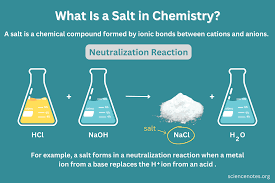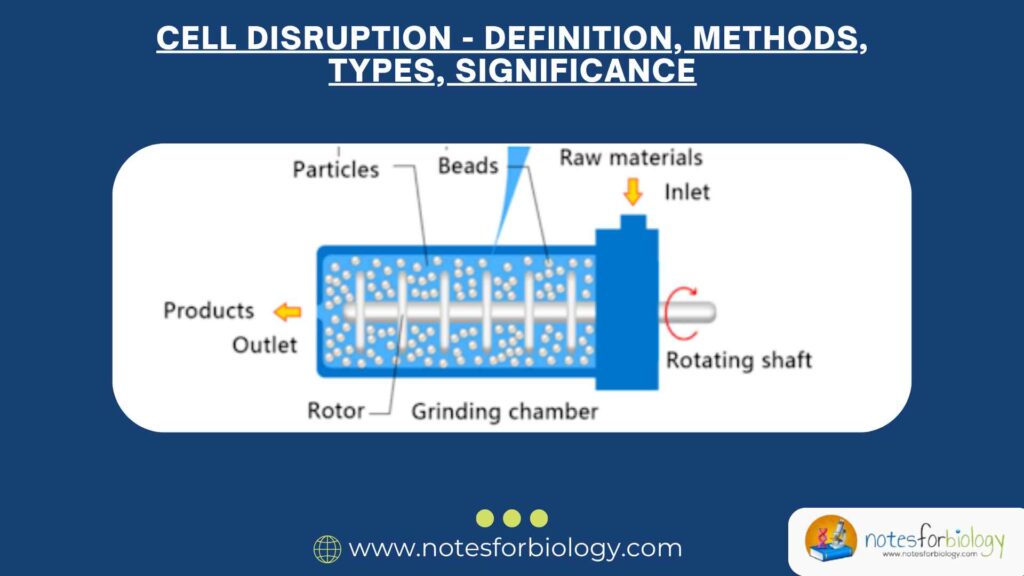Buffer and Extraction Buffer are the solution that helps maintain a stable pH level, especially during experiments involving chemical reaction. A buffer is a solution that can withstand pH shifts when modest amounts of an acid or base are introduced. This feature is critical for maintaining a stable environment in a variety of chemical and biological processes.
An extraction is a solution for isolating and purifying biological materials (such as DNA, RNA, proteins, or metabolites) from cells or tissues. It helps to break down cell membranes and stabilize target compounds during extraction.
Table of Contents
Define Buffer
A buffer is a solution that can withstand pH shifts when modest amounts of an acid or base are introduced. This feature is critical for ensuring a stable environment in a variety of chemical, biological, and industrial processes. It neutralize additional acids (H⁺ ions) or bases (OH⁻ ions) by combining a weak acid and its conjugate base, or a weak base with its conjugate acid.
Components
1. Weak Acid and Its Conjugate Base
Examples of weak acids and conjugate bases include acetic acid (CH₃COOH) and sodium acetate (CH₃COONa).
Examples of weak bases and conjugated acids include ammonia (NH₃) and ammonium chloride (NH₄Cl).
2. Significance:
1. Biological systems
- Buffers serve to keep the pH of blood, cellular fluids, and other body fluids stable, which is required for enzyme and metabolic processes to work properly.
- Example: The bicarbonate buffer mechanism in the blood keeps the pH at 7.4.
2. Chemical Reaction
- It offer the steady pH environment required for many chemical reactions, which increases reaction rates and product yield.
- For example, enzyme-catalyzed processes frequently require a certain pH to perform optimally.
3. Laboratory applications:
- They are used in a variety of biological assays and investigations to keep the pH steady.
- For example, tris is often used in electrophoresis to analyze DNA and proteins.
Extraction Buffer
Definition
An extraction buffer is a solution for isolating and purifying biological materials (such as DNA, RNA, proteins, or metabolites) from cells or tissues. It helps to break down cell membranes and stabilize target compounds during extraction
Components
1. Detergents

- Examples include Sodium dodecyl sulfate (SDS) and Triton X-100.
- Function: Soluble cell membranes and proteins, facilitating the liberation of intracellular substances.
2. Salts

- Examples include sodium chloride (NaCl) and potassium chloride (KCl).
- Function: Maintains ionic strength and stabilizes proteins and nucleic acids..
3. Buffers:
- Examples include Tris-HCl and phosphate.
- Function: Maintain a steady pH during the extraction process to ensure the integrity of the extracted molecules.
4. Chelation Agents:
- Examples include EDTA (ethylenediaminetetraacetic acid).
- Function: Bind divalent cations (e.g. Mg²⁺ and Ca²⁺) that can damage nucleic acids and proteins.
5. Protease and RNase inhibitors:
- Examples include phenylmethylsulfonyl fluoride (PMSF) and RNase inhibitors.
- Function: Prevent protein and RNA breakdown by blocking protease and RNase activity.
Significance
1. Isolation of nucleic acids

- Extraction buffers are critical for obtaining high-quality DNA and RNA from cells and tissues, which is required for molecular biology techniques such as PCR, sequencing, and cloning.
2. Protein extraction:
- These aid to solubilize and stabilize proteins in cells or tissues, allowing for additional research such as Western blotting, mass spectrometry, and enzymatic assays.
3. Metabolic Analysis:
- Extraction make it easier to isolate metabolites for metabolomics research, allowing us to better understand metabolic pathways and disease processes.
4. Consistency and reproducibility:
- Standardized extraction ensure consistent and reproducible results across many experiments and laboratories, which is critical for scientific research and diagnostic applications.
Frequently Asked Question(FAQ)
Define Buffer
It is a solution that can withstand pH shifts when modest amounts of an acid or base are introduced. This feature is critical for ensuring a stable environment in a variety of chemical, biological, and industrial processes.
Define Extraction Buffer
An extraction is a solution for isolating and purifying biological materials (such as DNA, RNA, proteins, or metabolites) from cells or tissues. It helps to break down cell membranes and stabilize target compounds during extraction.
Related Article




